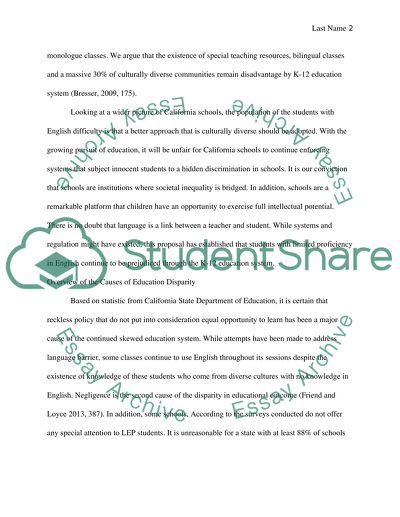Cite this document
(“Reforms for K-12 California Education System Essay”, n.d.)
Reforms for K-12 California Education System Essay. Retrieved from https://studentshare.org/education/1671404-reforms-for-k-12-california-education-system
Reforms for K-12 California Education System Essay. Retrieved from https://studentshare.org/education/1671404-reforms-for-k-12-california-education-system
(Reforms for K-12 California Education System Essay)
Reforms for K-12 California Education System Essay. https://studentshare.org/education/1671404-reforms-for-k-12-california-education-system.
Reforms for K-12 California Education System Essay. https://studentshare.org/education/1671404-reforms-for-k-12-california-education-system.
“Reforms for K-12 California Education System Essay”, n.d. https://studentshare.org/education/1671404-reforms-for-k-12-california-education-system.


